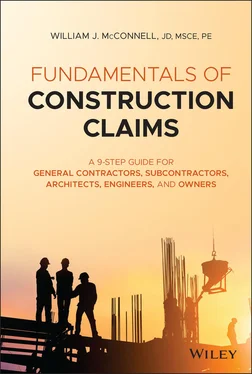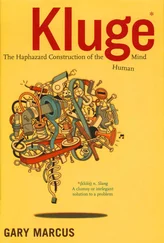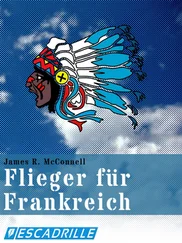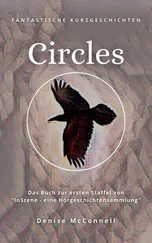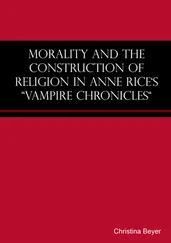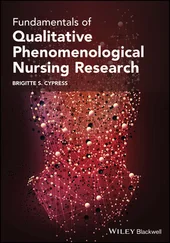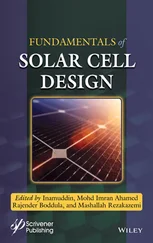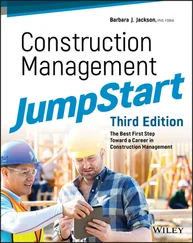Claims shall be made promptly and per the terms of the subcontract agreement.
Claims between the parties are subject to mediation as a condition precedent to binding dispute resolution. The request for mediation shall be in writing, delivered to the other party, and filed with the person or entity administering the mediation. The parties shall share the mediator's fees equally.
A party can file for binding dispute resolution concurrently with the filing for mediation. Binding resolution shall be stayed pending mediation for a period of 60 days, unless a longer period is agreed upon by the parties or court order.
The method of binding dispute resolution shall be arbitration, litigation, or otherwise selected within the A401 agreement. If no method is selected, claims shall be resolved by litigation in a court of competent jurisdiction.
B. ConsensusDocs 750, Standard Agreement Between Constructor and Subcontractor
The ConsensusDocs 750, “Standard Agreement Between Constructor and Subcontractor,” is ConsensusDocs' most commonly used form of agreement between a constructor and a subcontractor. Article 11, “Dispute Mitigation and Resolution,” of the 750 offers the following dispute resolution procedures:
In the event the project personnel from the constructor and subcontractor cannot resolve a dispute, direct discussions should be conducted between the parties' representatives that possess the necessary authority to resolve the matter.
If the parties' representatives are not able to resolve the matter within 5 business days of the first discussion, the parties' representatives shall inform senior executives of the parties that resolution could not be reached.
Upon receipt of such notice, the senior executives of the parties shall meet within 5 business days to endeavor to resolve the matter. If the dispute remains unresolved after 15 business days from the date of the date of the first discussion, the parties shall submit the matter to mediation.
Mediation shall be convened within 30 business days of the matter first being discussed and shall conclude within 45 business days of the matter first being discussed. Either party may terminate the mediation at any time after the first session by written notice to the non-terminating party and mediator.
The matter is resolved via binding dispute resolution via arbitration or litigation, whichever is selected. Note the 750 agreement has a prevailing party provision in terms of attorney fees.
C. EJCDC E-523, Construction Subcontract Agreement (2018 Version)
The EJCDC's E-523 contract form, “Construction Subcontract,” is the EJCDC's most commonly used form of agreement between a contractor and subcontractor. Article 12, “Claims and Dispute Resolution,” of the E-523 offers the following dispute resolution procedures:
Subcontractor shall issue a notice of claim to the contractor within 30 days from the event giving rise to the claim, and for claims related to the prime contract, within 5 days.
Either party may request mediation of any unresolved dispute. The mediation process must be concluded within 60 days of filing of the request.
If the dispute is not resolved by mediation, each party is barred from further action to assert its claim after 30 days after termination of the mediation, unless, within this period of time, a party elects in writing to invoke dispute resolution or gives the other party written notice of its intent to submit the claim to a court of competent jurisdiction.
III. Standard Contract Forms for Owner–Designer Agreements
The following is a list of dispute resolution provisions for the three most commonly used standard contract forms for owner–designer agreements. Note that each form allows the parties to edit the contract before execution, so it is important to review the exact dispute resolution provisions within the subject contract.
A. AIA B101, Article 8, Claims and Disputes
The AIA Document B101 – 2017, “Standard Form of Agreement Between Owner and Architect,” is the AIA's most commonly used form of agreement between an owner and an architect. Article 8, “Claims and Disputes,” of the B101 offers the following dispute resolution procedures:
The architect or owner shall commence all claims and causes of action against the other within the period specified by applicable law, but not longer than 10 years after the date of substantial completion of the applicable project.
Claims between the architect and the owner are subject to mediation as a condition precedent to binding dispute resolution. The request for mediation shall be in writing, delivered to the other party, and filed with the person or entity administering the mediation. The parties shall share the mediator's fees equally.
A party can file for binding dispute resolution concurrently with the filing for mediation. Binding resolution shall be stayed pending mediation for a period of 60 days unless a longer period is agreed upon by the parties or court order.
The method of binding dispute resolution shall be arbitration, litigation, or otherwise selected within the B101 agreement.
B. ConsensusDocs 240, Standard Agreement Between Owner and Design Professional
The ConsensusDocs 240, “Standard Agreement Between Owner and Design Professional,” is ConsensusDocs' most commonly used form of agreement between an owner and a designer. Article 9, “Dispute Mitigation and Resolution,” of the 240 offers the following dispute resolution procedures:
In the event that project personnel from the design professional and owner cannot resolve a dispute, direct discussions should be conducted between the parties' representatives that possess the necessary authority to resolve the matter.
If the parties' representatives are not able to resolve the matter within 5 business days of the first discussion, the parties' representatives shall inform senior executives of the parties that resolution could not be reached.
Upon receipt of such notice, the senior executives of the parties shall meet within 5 business days to endeavor to resolve the matter. If the dispute remains unresolved after 15 business days from the date of the date of the first discussion, the parties shall submit the matter to dispute mitigation, if applicable, and dispute resolution procedures.
The optional non-binding dispute mitigation procedures can either be a project neutral or a dispute review board. The project neutral or dispute review board shall issue nonbinding findings within 5 business days of a referral. If the matter remains unresolved after the findings, the parties shall submit the matter to binding dispute resolution.
If direct discussions do not result in resolution and no dispute mitigation procedure is selected, the parties shall endeavor to resolve the matter by mediation. Mediation shall be convened within 30 business days of the matter first being discussed and shall conclude within 45 business days of the matter first being discussed. Either party may terminate the mediation at any time after the first session by written notice to the non-terminating party and mediator.
The matter is resolved via binding dispute resolution (arbitration or litigation).
C. EJCDC E-500, Agreement Between Owner and Engineer for Professional Services (2020 Version)
The EJCDC's E-500 contract form, “Agreement Between Owner and Engineer for Professional Services,” is the EJCDC's most commonly used form of agreement between an owner and an engineer. Section 6.07, “Dispute Resolution,” of the E-500 offers the following dispute resolution procedures:
Owner or engineer shall issue a notice of claim to the other party. Within 30 days from notice, the parties shall attempt to negotiate all disputes in good faith.
Читать дальше
